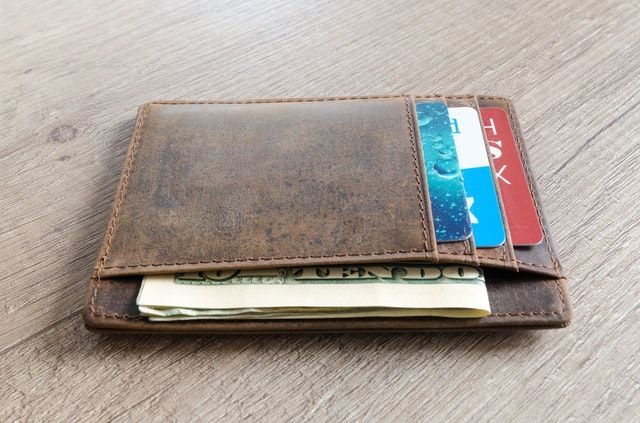
The federal funds rate is the interest rate banks charge each other to lend reserve balances to one another overnight, and it can directly affect borrowing costs in the U.S. Today, the average 30-year fixed mortgage is 3.95%. Need an auto loan? New car loans are 4.7% or under for 48- and 60-month repayment options, on average.
… so why is it that the plastic in your wallet is hovering at a rate around 17.76%, even for the most creditworthy borrowers?
Credit Card Trends — and Pro Tips
One reason behind the record-high credit card interest rate could be the Fed’s increase in rates. Another is offsetting the cost of rewards that credit card companies offer customers so they can compete with other credit card companies. But the bottom line is that credit card debt is unsecured and, because of that risk to banks, it’s expensive.
When it comes to credit and credit cards in particular, here’s the scoop: You don’t really ever want to use that plastic in your wallet unless you’re being rewarded for doing so, and you certainly don’t want to carry a balance from month to month. Living within one’s means is as crucial a part of an effective financial plan as anything else but, every now and then, life throws us a curveball.
Let’s be realistic and recognize that, sometimes, for whatever reason, you might need to utilize credit and perhaps even carry a bit of credit card debt. The issue today, however, is that the cost of doing so has not declined at nearly the rate as things like mortgages and auto loans.
So how can you make the best of a situation in which you need to carry a credit card balance?
Balance Best Practices
To keep credit card costs low, here are a few best practices to follow:
1. Look into other forms of credit. The plastic in your wallet is only one option. Remember those low mortgage and auto loan rates? Additional options from home equity lines of credit to personal loans and more may be less expensive ways to borrow.
2. Shop around. If you’ve had your credit card for a while or you jumped on the first offer you saw, you may want to consider additional options. Other creditors could offer lower rates — maybe even with better perks.
3. Consider repayment options. If you can’t pay off your credit card in full, know that you have options. When you know you’ll be carrying a balance, create a repayment plan — and stick to it. Also, if you can, avoid additional charges: Try not to use this card — or other credit cards — while you’re paying down the balance you already have.
4. Ask for a break. There is nothing wrong with asking your current bank for a lower rate or even a short interest-free period. However, I often find that people are reluctant to ask. We’re not talking about a debt settlement here — that’s different and can have ill effects — but, rather, simply asking your bank for a break on the markup they’re charging you, their valued customer. It can actually go further than you think and it just might save you the hassle of playing the balance transfer game.
Of course, it’s important to continue to monitor your credit card usage whether you carry a balance or not. A little plastic due diligence can go a long way to protect yourself against creditor errors, fraudulent charges, and more. Finally, do remember that the game itself, and your ability to “talk with your feet,” is your leverage at the negotiating table.
